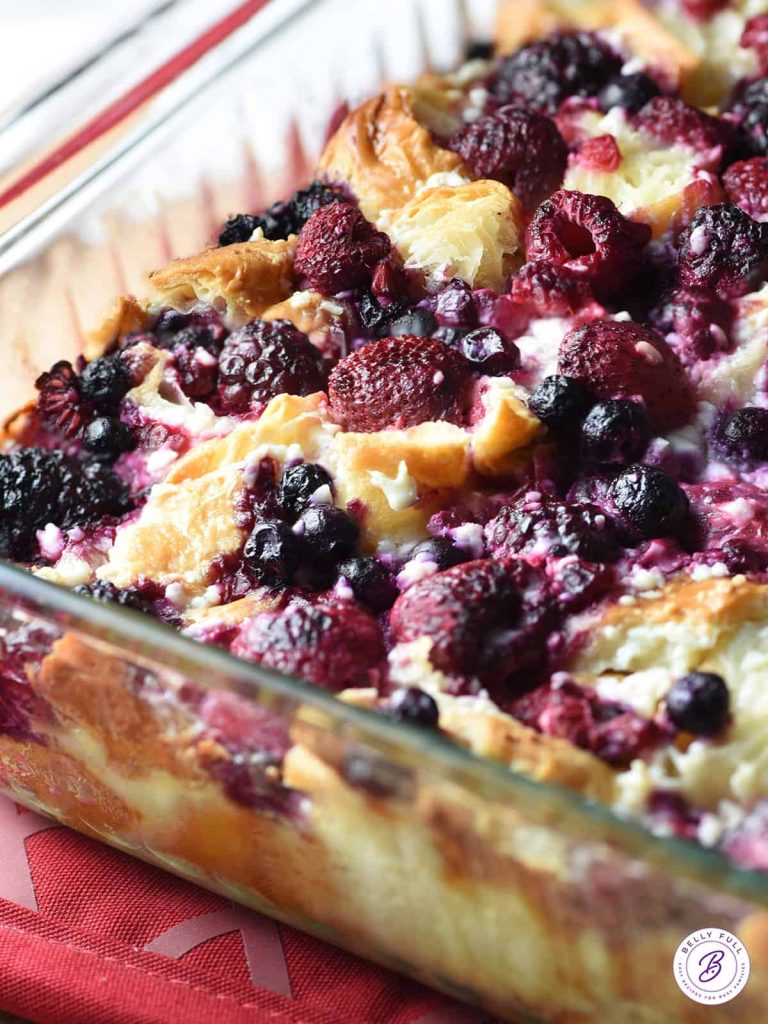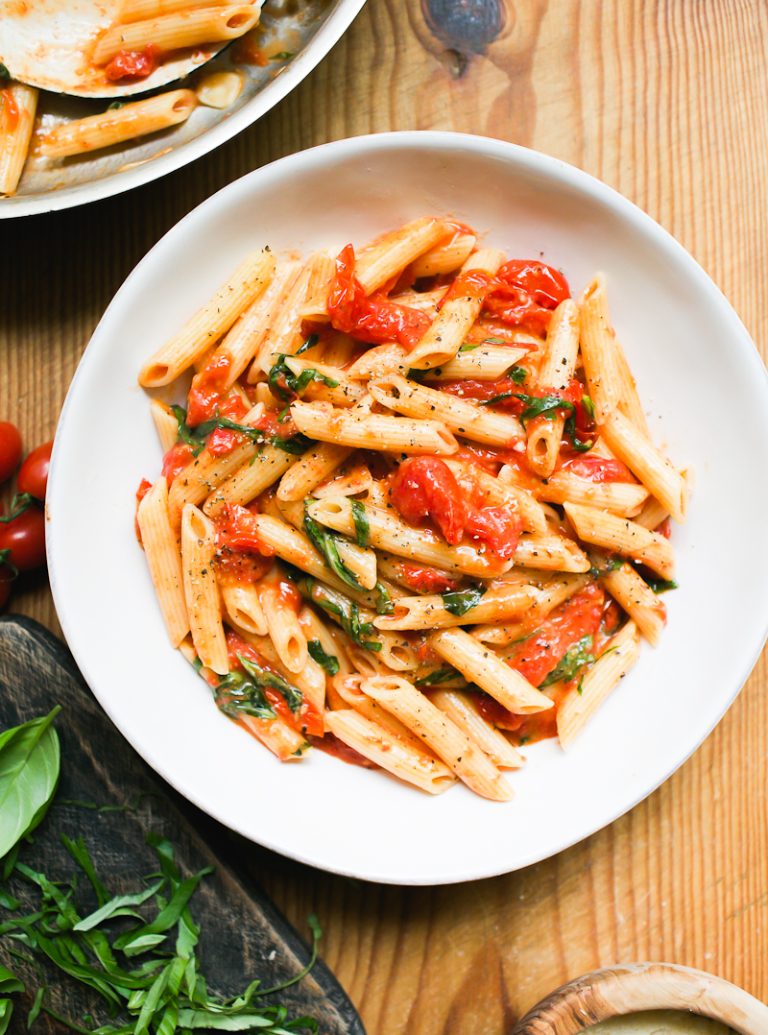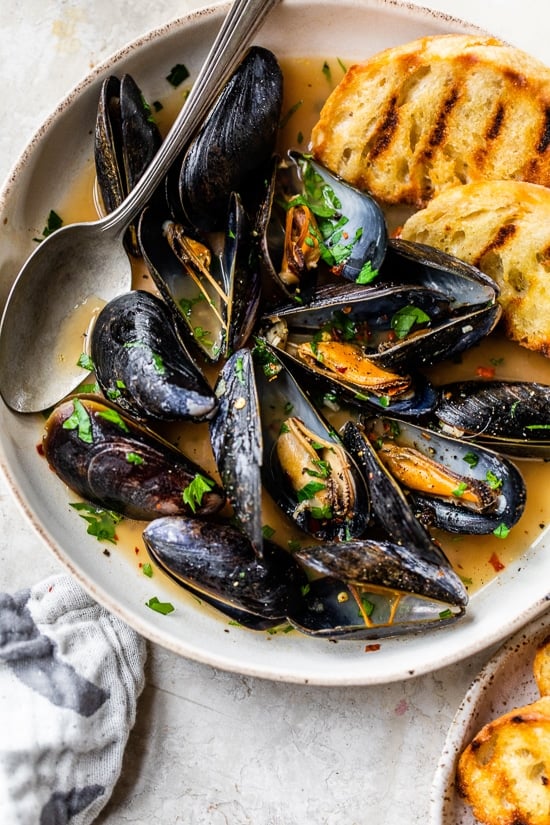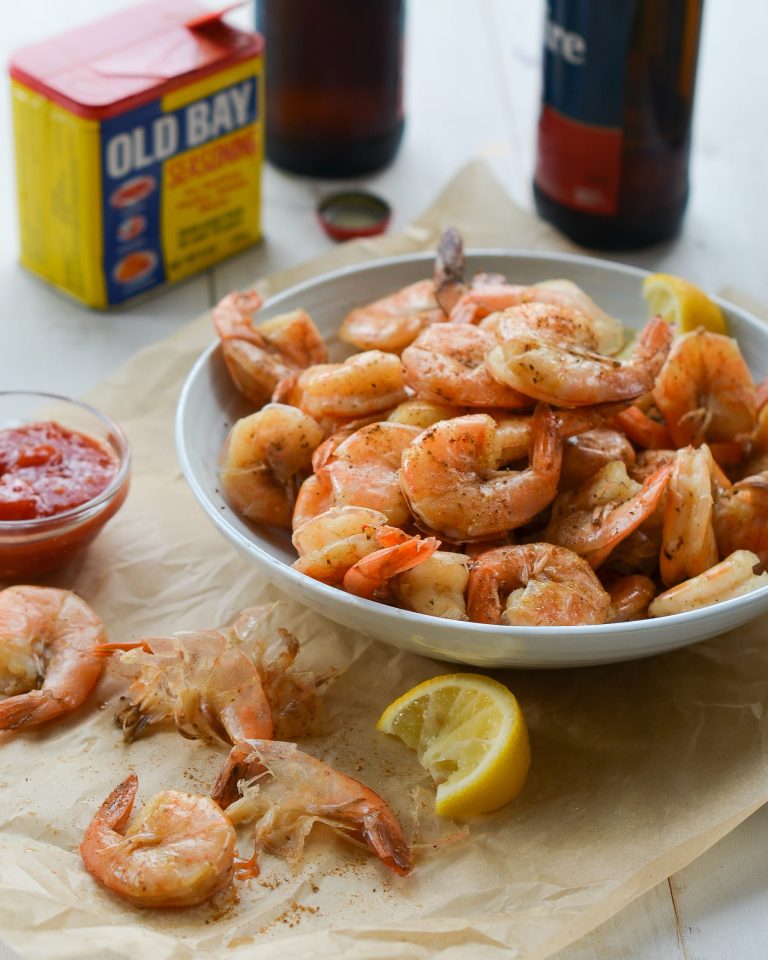Lime Bars: History, Recipe, and Health Benefits
Lime bars trace their origins to similar citrus-based desserts popularized in the early 20th century. Inspired by lemon bars, lime bars emerged as a variant featuring the unique tang of lime juice. Bakers utilized fresh limes in their recipes, adapting traditional lemon bar formulas. This variation gained popularity for its distinct flavor and vibrant appearance. Over the decades, the recipe evolved with regional preferences influencing the types of crusts and contrast of sweet and tart profiles, solidifying lime bars as a classic addition to dessert menus.
Popular Variations Across Different Regions
Lime bars have many regional variations, each offering a unique twist. In the Southern United States, you might find lime bars with a graham cracker crust, reminiscent of key lime pie. Californian versions often incorporate avocado for a creamy texture. Latin American recipes sometimes use condensed milk to create a richer filling. In tropical areas, coconut shavings garnish lime bars, adding extra texture. These regional adaptations highlight the versatility of lime bars, making them a beloved dessert worldwide.
Key Ingredients in Lime Bars
The Role of Fresh Limes
Fresh limes provide the essential tartness and vibrant flavor that distinguish lime bars. Their juice delivers a bright citrusy tang, while their zest enhances the aroma and adds extra zing. For the best results, use Persian limes because they’re easy to find and juicy. Ensure the limes are firm to the touch and have smooth, glossy skin. Freshly squeezed juice offers a more natural taste compared to bottled alternatives, which can contain preservatives and additives.
Choosing the Right Sweeteners and Bases
Sweeteners balance the tartness of the lime, making the bars irresistibly delicious. Granulated sugar is the most common choice because it dissolves easily and sweetens evenly. Some variations use powdered sugar for a smoother texture. While white sugar is standard, experimenting with alternatives like brown sugar or honey can add depth to the flavor.
Bases provide the structure of the lime bars, typically made with crushed crackers or shortbread. Graham cracker crusts are popular in the Southern United States for their crumbly texture and slightly honeyed taste. Shortbread bases offer a buttery richness that complements the tang of the lime filling. Choose unsalted butter to control the saltiness and ensure a balanced flavor profile.
Step-by-Step Recipe for Classic Lime Bars
Preparing the Crust
To prepare a perfect crust, start by preheating your oven to 350°F. Then, combine 1 1/2 cups of graham cracker crumbs, 1/4 cup of granulated sugar, and 1/2 cup of melted butter in a large mixing bowl. Mix these ingredients until they form a coarse, sandy texture. Press the mixture evenly into the bottom of a 9×13-inch baking pan lined with parchment paper. Bake the crust for 10 minutes or until it’s golden brown. Allow it to cool slightly while you prepare the lime filling.
Mixing the Lime Filling
In a separate bowl, whisk together 2 cups of granulated sugar, 1/4 cup of all-purpose flour, and 4 large eggs until the mixture is smooth and creamy. Add 3/4 cup of freshly squeezed lime juice and 1 tablespoon of grated lime zest for added flavor. Whisk until all ingredients are fully combined. Pour the lime mixture over the pre-baked crust, ensuring it spreads evenly across the surface.
Baking and Cooling Techniques
With the oven still at 350°F, bake the lime bars for 20-25 minutes or until the filling is set and slightly firm to the touch. Remove the pan from the oven and let it cool at room temperature for about an hour. Once cooled, refrigerate the lime bars for at least 2 hours, allowing them to firm up completely. Before serving, dust the top with powdered sugar and cut into squares for a classic presentation.
Health Benefits of Lime Bars
Nutritional Content of Key Ingredients
Lime bars contain several nutritious ingredients that contribute to their health benefits. Fresh lime juice, a core component, provides Vitamin C, which supports immune function. One lime contains about 19.5 milligrams of Vitamin C, fulfilling 32% of the daily recommended intake.
Sweeteners like granulated sugar, while providing energy, should be consumed in moderation. Graham cracker or shortbread crusts contribute carbohydrates, necessary for energy metabolism. Homemade versions can reduce added sugar, enhancing nutritional value.
Eggs, used in the filling, offer protein, beneficial for muscle repair, and Vitamin D, important for bone health. Each large egg contains approximately 6 grams of protein. Alternative crust ingredients like oats or nuts can add fiber and healthy fats.
Benefits of Citrus in Desserts
Using citrus in desserts offers multiple health advantages. Limes, rich in antioxidants, combat oxidative stress, reducing the risk of chronic diseases. Antioxidants in limes include flavonoids, which help improve overall health.
Citrus fruits like limes aid digestion. The acidity in lime juice promotes the secretion of digestive enzymes. This can enhance nutrient absorption and reduce symptoms like bloating.
The natural tang from limes can reduce the need for additional sweeteners. This modification lowers the overall sugar content, making lime bars a healthier dessert option. Citrus zest, often included in lime bars, adds fiber and essential oils, benefiting gut health.
Citrus aromas also have mood-boosting properties. The scent of lime can invigorate the senses, providing an uplifting effect associated with enhanced psychological well-being.
Serving and Preservation of Lime Bars
Best Practices for Serving
Serve lime bars chilled for the best flavor. Use a sharp knife to cut them into uniform squares or rectangles. Sprinkle the top with powdered sugar for extra sweetness. Serve lime bars on a clean platter or individual dessert plates. Garnish with lime zest or slices if you want a decorative touch. It’s best to serve lime bars within two to three hours of chilling for optimal texture and taste.
Tips for Storing Lime Bars
Store lime bars in an airtight container to retain freshness. Keep the container in the refrigerator if you plan to consume them within three days. For longer storage, freeze lime bars. Place wax paper between layers to prevent sticking. Thaw frozen lime bars in the fridge for several hours or overnight before serving. Avoid storing in warm areas to prevent the lime curd from becoming too soft.
Conclusion
Lime bars aren’t just a treat for your taste buds; they’re a delightful addition to any dessert repertoire. Their unique blend of tart and sweet flavors, combined with the nutritional benefits of fresh lime, make them a standout choice. Whether you’re perfecting your recipe or looking for new ways to serve and store them, you now have the tools to make your lime bars truly exceptional. Enjoy the burst of citrusy goodness and the joy they bring to every bite.






